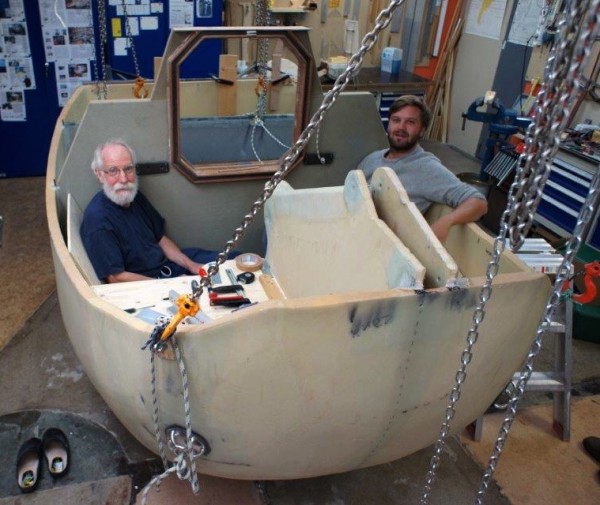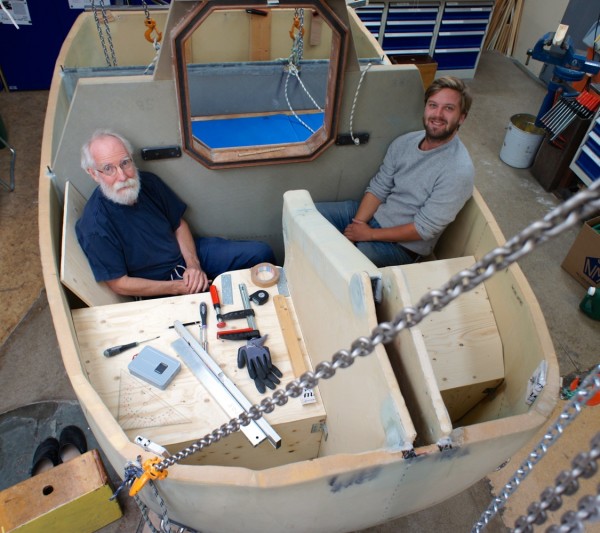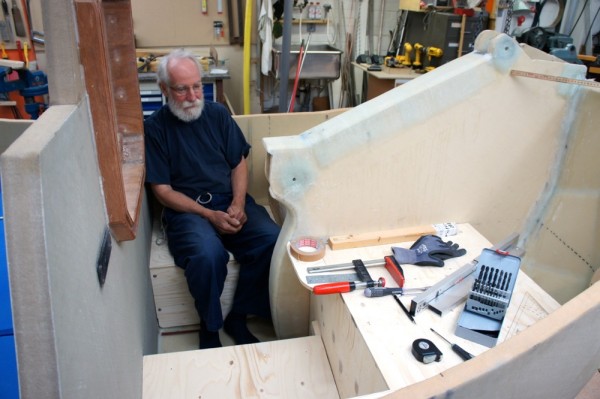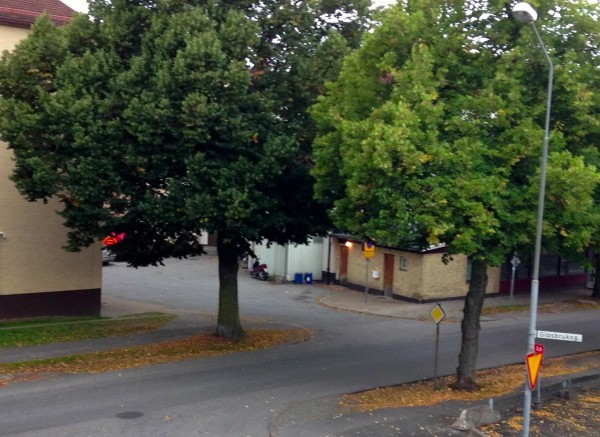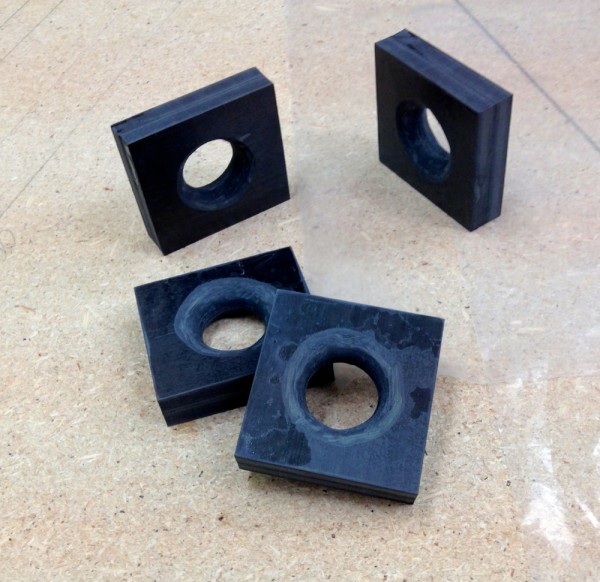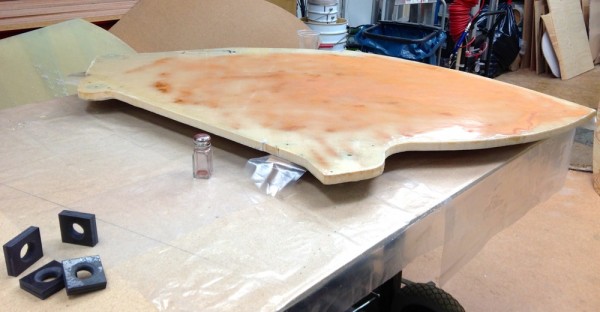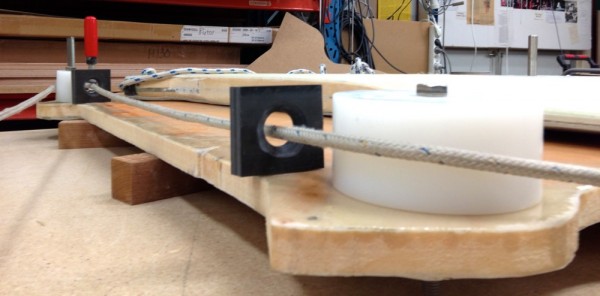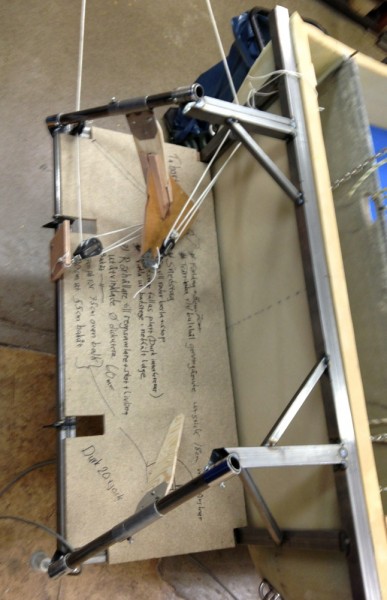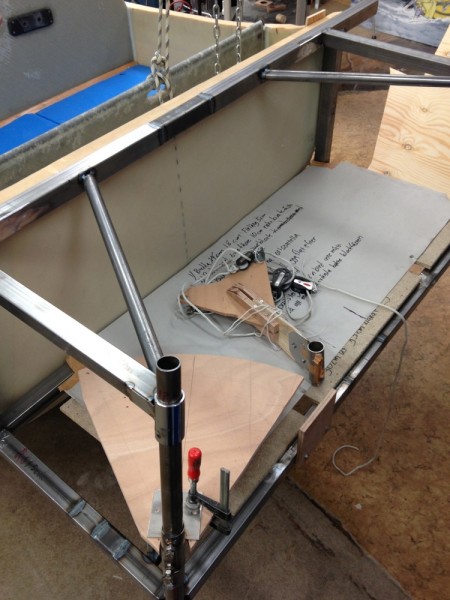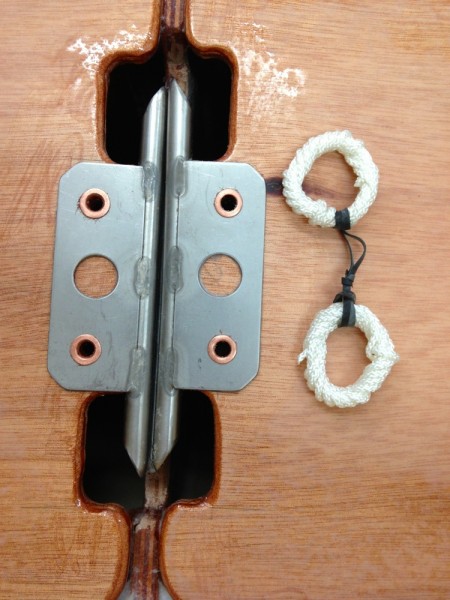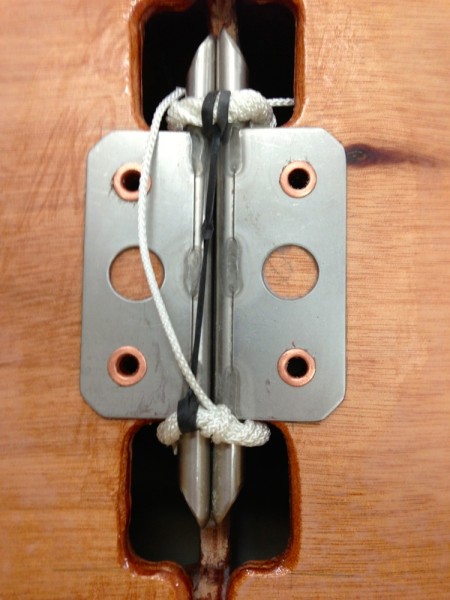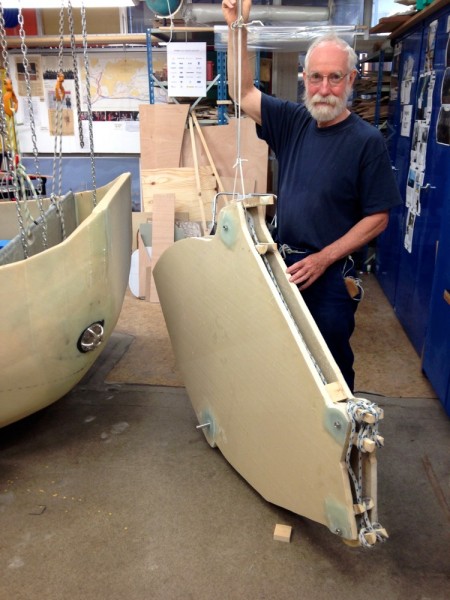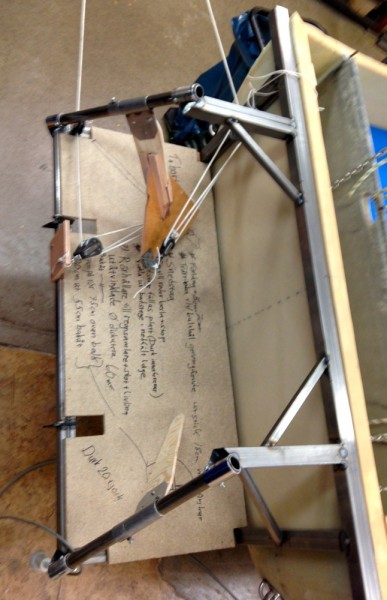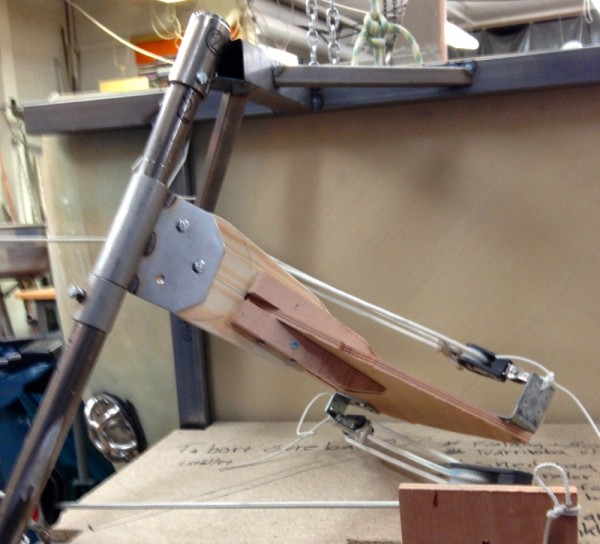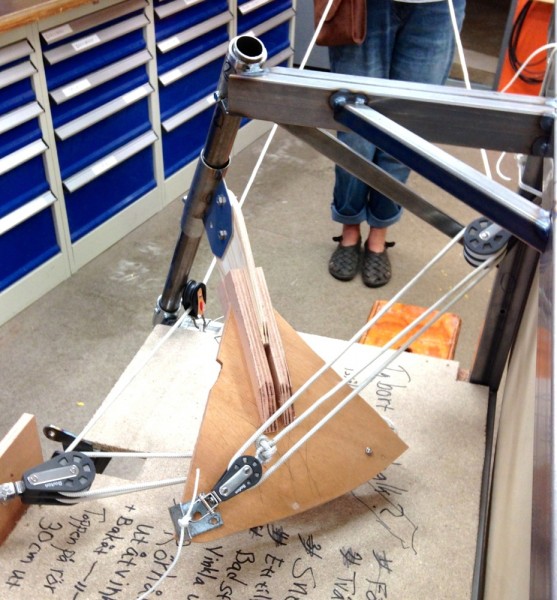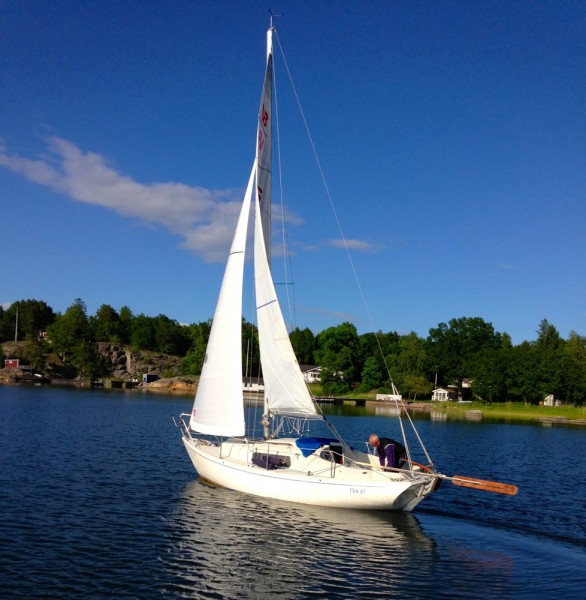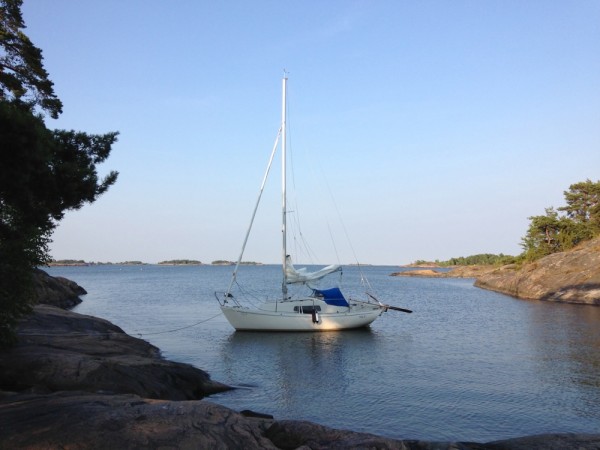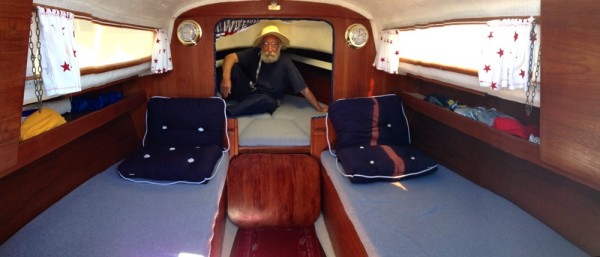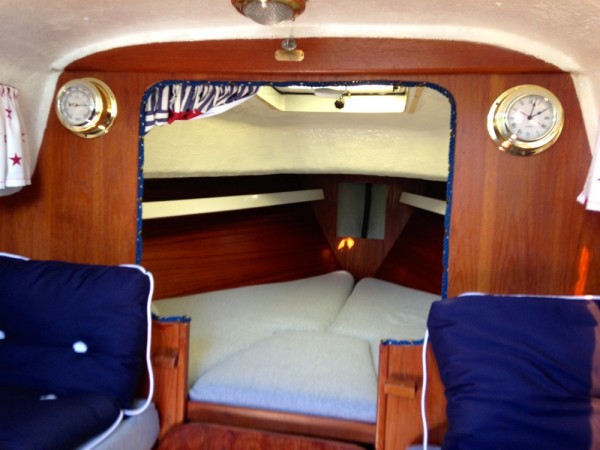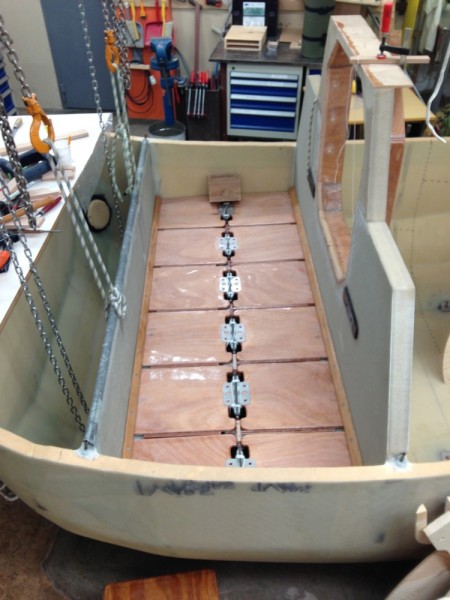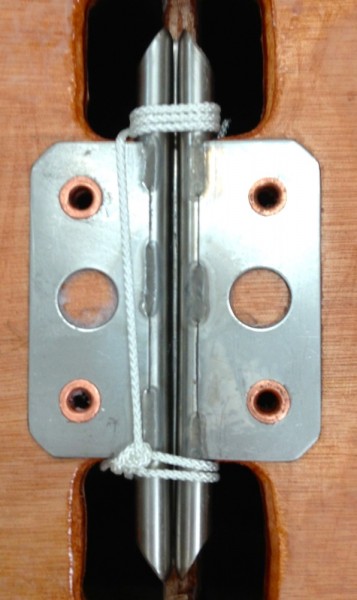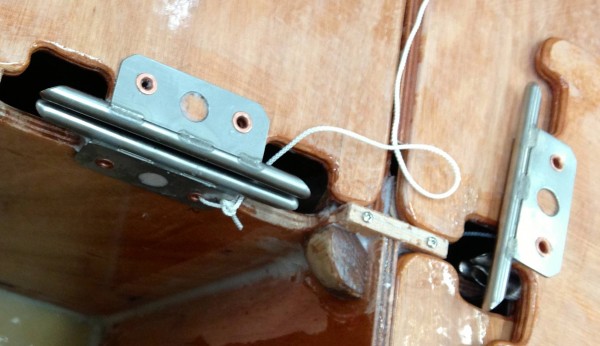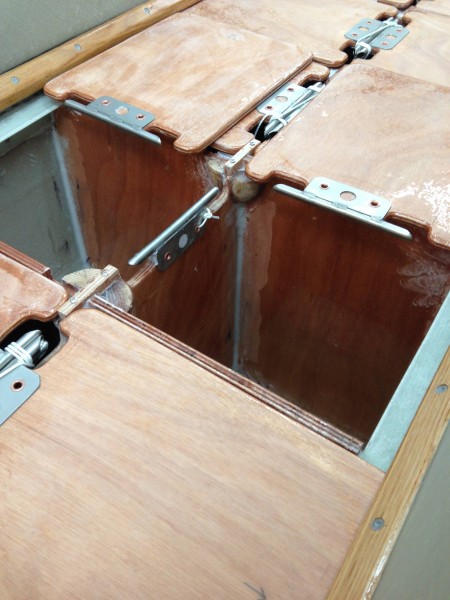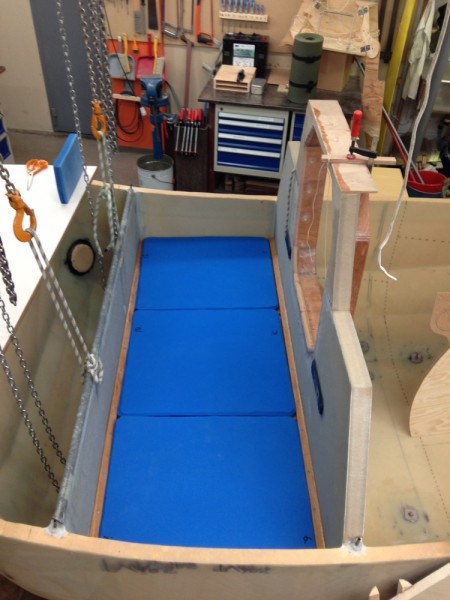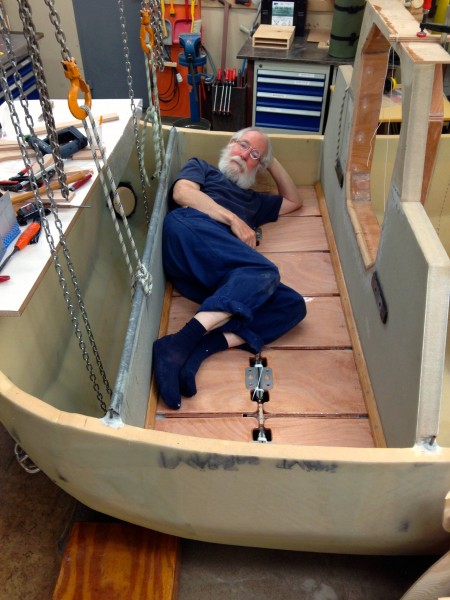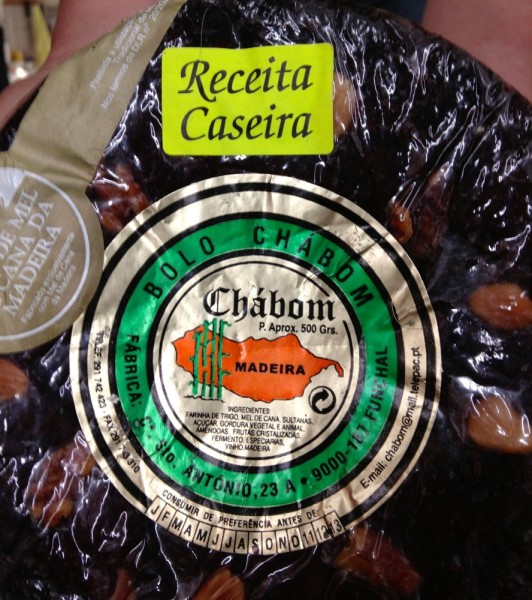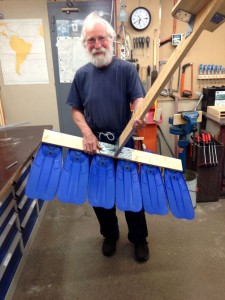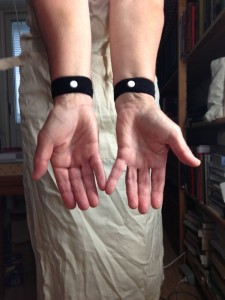Michael from Austria is here as a volunteer helping me with my project. He phoned one evening and now he sits here smiling.
The centerboard case are in place and we are doing the mock up of the forward part of the boat. We both agree that the seats are comfortable and that I will get a lot of stowage.
Something else. A light bulb
I am still grappling with the question of how to get electricity during the winter in the southern ocean. I did not really understand the mechanical energy equivalent so I was planning to use a cranking device. Maybe my ignorance was due to the fact that I never had actually seen electricity. True I many times have seen high voltage discharge but that is not electricity.
750 watts of electricity is equivalent to one horsepower one horsepower. One horsepower is to lift 75 kilos every second one meter against gravity. A 75 watts light bulb is consuming one tenth of a horsepower. I being soon 75 years old and have lost half of my muscle mass will be happy if I can produce one twenty of a horsepower for a little time.
Outside my kitchen window across the street there is a 75 watt bulb wastfully burning day and night. I only eat two times a day but I take my time so I have had plenty of time to reflect on that bulb. During summer I do not notice the light because the friendly sun is shining most of the day. I have been living here in Västervik since 2005. That is about 8 years every year has 31536000 seconds. This means that the mechanical equivalent of keeping that bulb burning that time is equal to hauling 28 cars from sea level to the top of Mount Everest. When I was a child I was told to switch of the light when leaving the room.
Thinking of the light bulb across the street have made me considering towing a turbine to charge my batteries. Using a wind turbine is not practical due to the many times I will be capsized and the danger of being hit by the fast rotating propeller.
To be continued…
Regards Yrvind.

